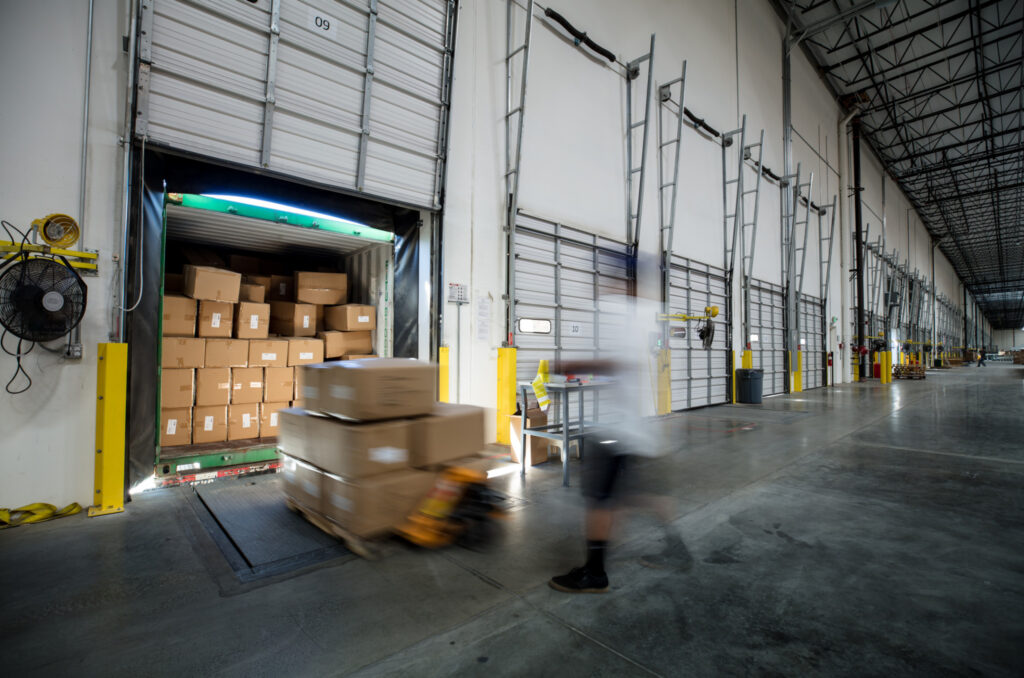5 lease considerations for trucking companies
A trucking or transportation company needs to consider a number of unique issues before entering a commercial lease agreement as a tenant. The following are five items to bear in mind before signing the bottom line.
Exterior and loading docks
A tenant must ensure that premises are equipped for loading and unloading trucks. Loading dock doors must be large enough to offer access, but small enough to limit the impact of inclement weather. The surrounding ground must also be compact and prepared to support loaded trailers, while the slope needs to be verified to ensure trucks and trailers will not struggle to access the loading docks. If surrounding grounds are to be used to store trucks and trailers, the tenant needs to ensure the property is zoned for that purpose.

Hours of operation
Restricted hours can affect a tenant’s ability to conduct business, making it important to negotiate 24/7 access and operations, and to consider zoning. Otherwise, the business could be challenged by things like noise restrictions outside regular business hours.
Interior space
Building interiors deserve attention of their own. For example, tenants should determine the type of dock levelers in place (either manual or hydraulic), and ensure that the ceiling height will allow for proper clearance. Interior flooring should also be “rolling rack ready” because uneven floors can damage tow motors or movable racking, and prevent the warehouse area from being used to its full potential. The lease should also note that the premises will be provided in a clean condition, including walls and ceilings.
Modifications and restoration responsibilities
Tenants should be aware of their responsibilities when it comes to modifying premises. One crucial factor to consider is the responsibility for installing and removing racking. When racking is screwed into floors, it raises the question of what to do with the bolts once racking is no longer needed. This should be contemplated at the outset of the lease agreement because certain removal methods can be costly.
Maintenance, repair, and replacement responsibilities
Heavily loaded trucks and trailers can sit for extended periods of time before being unloaded. And if the pavement is not properly prepared, such trailers can sink into the ground in warmer weather. Exterior bumpers on the building may also be regularly hit by trucks, leading to damage such as cracks in older brick buildings. Those are just two examples of damage that can occur and will need to be addressed.
Tenants should also consider lease provisions that address the handling of hazardous materials, ensure there is enough parking space for vehicles, obtain the requisite insurance coverage for vehicles, and address issues specific to the industry in which they operate.
- This article was co-authored with Julia Cicconi, articling student (Miller Thomson) and Stuart Chaimberg, real estate lawyer (Miller Thomson).
Have your say
This is a moderated forum. Comments will no longer be published unless they are accompanied by a first and last name and a verifiable email address. (Today's Trucking will not publish or share the email address.) Profane language and content deemed to be libelous, racist, or threatening in nature will not be published under any circumstances.
One should also look at truck access & egress. The area allotted to truck maneuvering to access the docks is very important, backing into docks is in some cases a very difficult proposition if enough space is not provided.
The planner needs to put themselves in the driver’s seat.